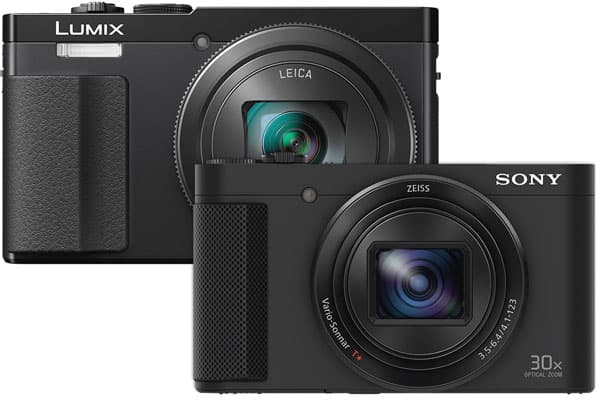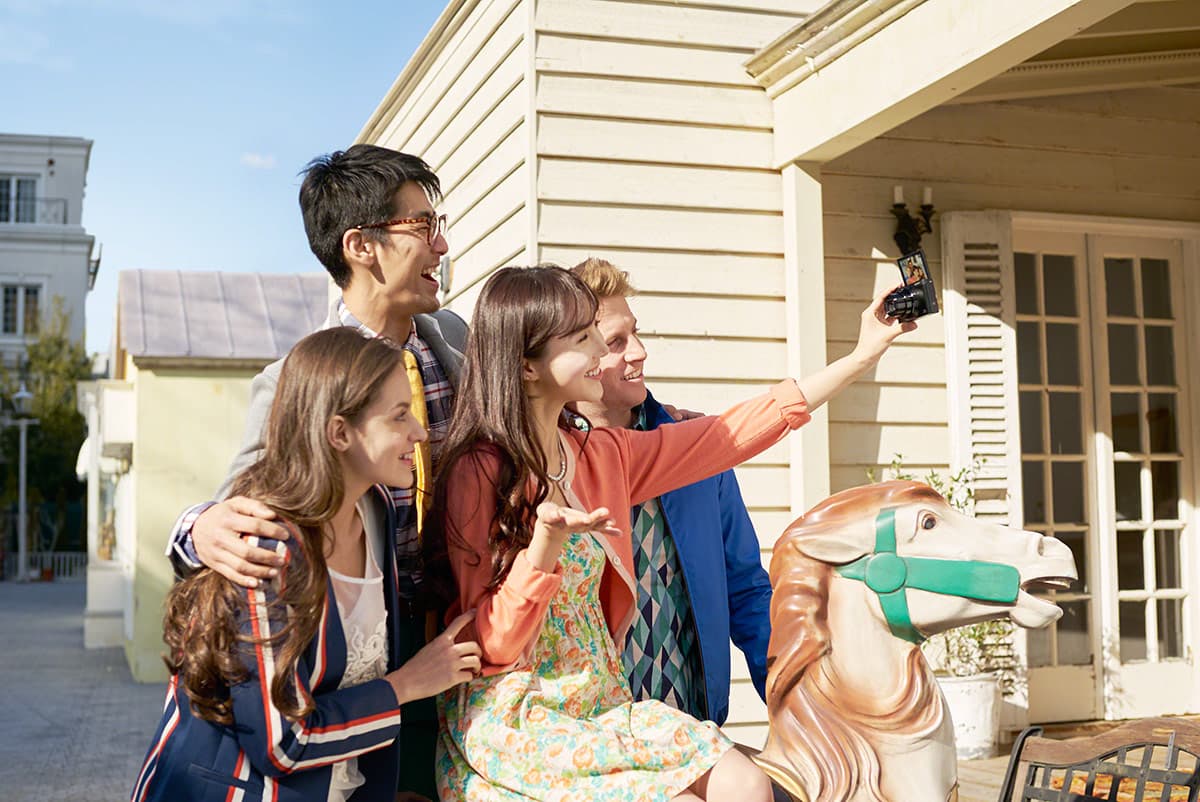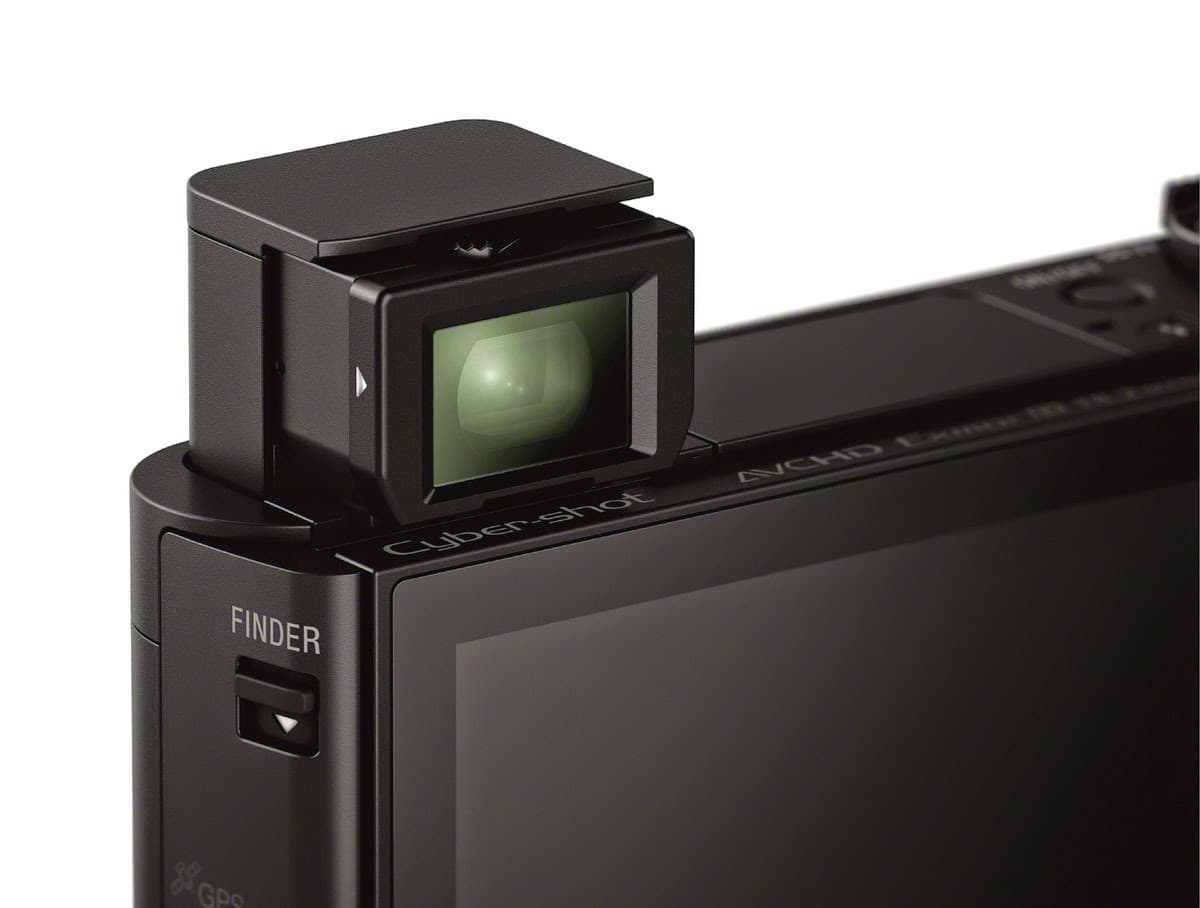[brightcove videoID=4176564268001 playerID=940176129001 height=400 width=630]
As Sony unveils its new travel zoom compact, the HX90V, it also reveals a rival to the hugely popular Panasonic TZ70.
Both costing around £340, similarly specified, and with near identical fixed lenses, these two cameras are clearly squaring up to compete in the successful travel zoom market.
So, does the Sony HX90V have what it takes to unseat the TZ70? Having reviewed the Panasonic and recently got our hands on the Sony for a first look, we’ve weighed up the pros and cons of each. Here, point by point, is what we reckon…
1. Lens and resolution
We can quickly deal with the lens, as it’s pretty much the same deal whichever way you go. Both cameras offer a focal range of 24-720mm equivalent and near-identical aperture ranges – the TZ70 just pips it with an f/3.3-6.4 range against the HX90V’s f/3.5-6.4.
Sensor resolution, however, is a different story. Whereas the TZ70 is equipped with 12-million pixels, Sony’s offering comes with an 18.2-million-pixel sensor (interestingly the same resolution as the TZ70’s predecessor, the TZ60). If you’re planning to make larger prints of your images then the HX90V could be the safer choice.
2. Build
The HX90V is the smaller of the two cameras – a good thing for travel compact – but thanks to the addition of a nifty handgrip it is also rather more pleasant to use and hold. A clear win there – there’s nothing especially wrong with the TZ70’s handling, the HX90V is just better.
3. Screen
An edge for the HX90V here: while the 3-inch LCD on the TZ70 is a fixed version, the HX90V’s 3-inch LCD is able to tilt up to 180º. So yes, it’s a selfie screen. Please send all complaints to the usual address.
It’s also worth noting that while both screens are 3 inches across the diagonal, there is a difference in aspect ratio. As Sony’s is a 4:3 version, previewing an image takes up the entirety of the screen, whereas previewing an image on the Panasonic 16:9 results in large black borders.
One thing both cameras lack though, which might have been nice to see in the newer Sony offering, is a touchscreen. Booooo.
4. Electronic viewfinder
Electronic viewfinders are always welcome on smaller cameras, and pleasingly both the TZ70 and the HX90V offer fine examples. The HX90V’s pop-up version is borrowed from the RX100 III, and Sony has boldly claimed it to be larger, brighter and higher contrast than the 1.2-million-dot fixed version on the TZ70. It’s certainly larger – while the TZ70’s viewfinder is a decent enough resolution, it’s a little on the small side, and this is one of that camera’s major weaknesses.
5. Manual control
More or less an even draw here: both cameras offer a lens control ring and customisable buttons.
6. Raw support
Unfortunately, this could be Sony’s big misstep. While the Panasonic TZ70 supports Raw-format images, the HX90V does not. A bit of a shame – while not all photographers have use for Raw, not even offering the option makes the HX90V a tougher sell among enthusiasts.
7. GPS
Dropping GPS from a camera designed to travel around with you felt like a bit of a weird decision for the Panasonic TZ70, so we’re happy to report that Sony’s travel zoom keeps this functionality. It’s worth noting, though, that this is only on the HX90V – you can save a tenner on the GPS-lacking HX90 model instead if you prefer.
Sony HX90V vs Panasonic TZ70: Conclusion

As travel zooms continue to outperform the compact market it was inevitable that a challenger to Panasonic’s TZ hegemony would emerge. On paper the Sony HX90V appears to have the edge – better screen, higher resolution, better handling and GPS.
However, the lack of Raw functionality is a arguably big omission for enthusiast photographers, and could be a deal-breaker for many. We’re looking forward to seeing how this plays out over the coming months, and of course to getting the HX90V into the office for a full test.













